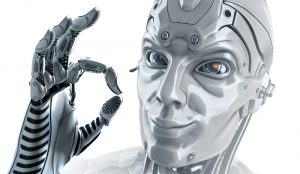7. What causes static electricity?

Static shock occurs when an excess of positive or negative charge builds up on a surface, that can be either a body part or an object. In the first case, if you have some of this charge built up on a part of your body, if you touch something, it can leave you neutralized. In the second case, if there’s some electricity build-up on a doorknob, for example, if you touch it, you’ll be the excess charge’s exit route.
A traditional theory says that when two objects are being rubbed together, the friction knocks the electrons off the atoms in one of the objects. After that, they move on to the other object, leaving the first one with an excess of positively charged atoms, while the second one has an excess of negative electrons.
Bartosz Grzybowski, a researcher from Northwestern University, found that patches of both kind of excesses exist on an object that is statically charged. He also found that not just electrons, but whole molecules seemed to migrate between objects as they are rubbed together.












































1 thought on “10 Simple Questions We Have No Answer For”
In order to HAVE time you need at least two objects that are not like each other in any manner. In the situation where that does exist movement of one relative to the other is time. We have that situation.